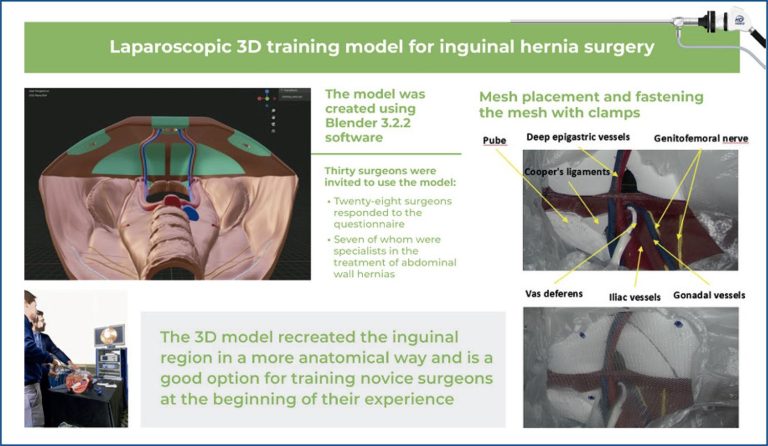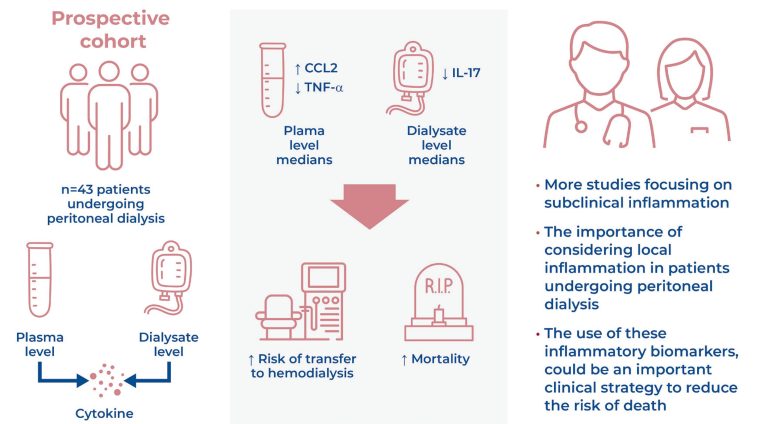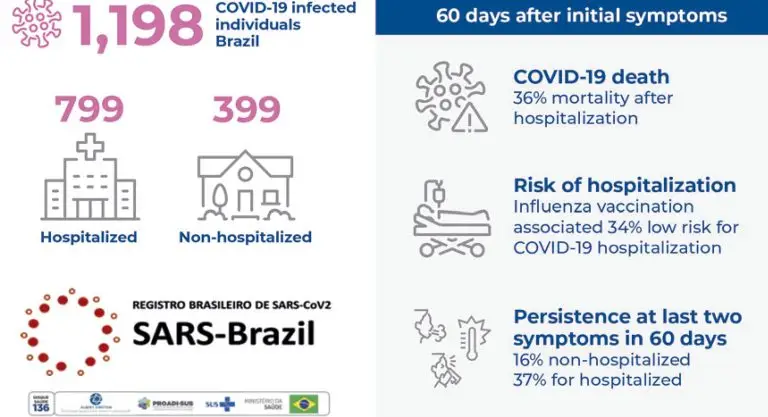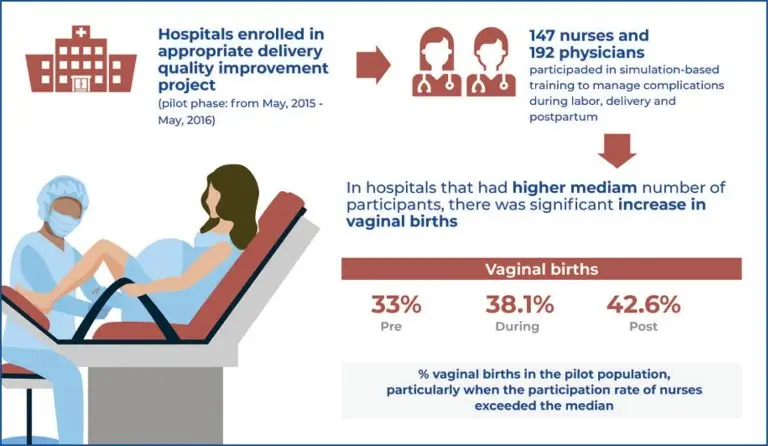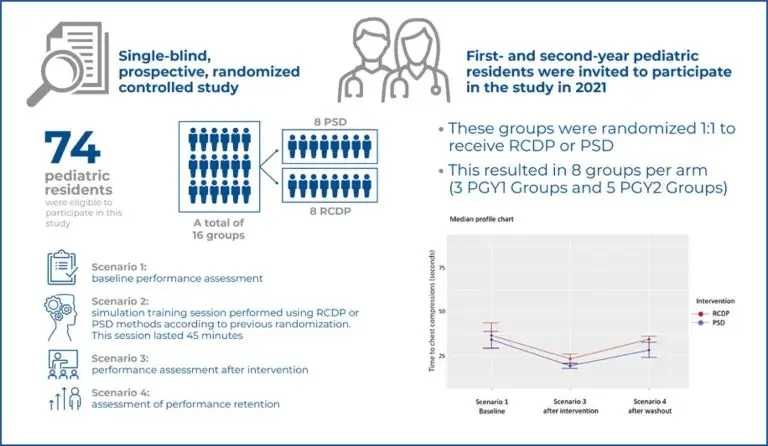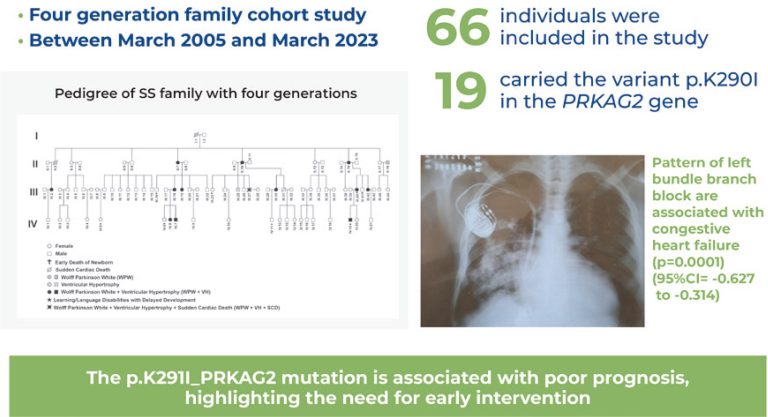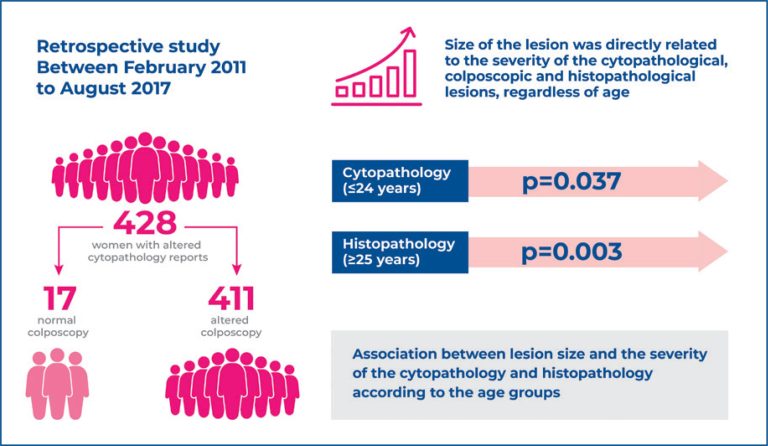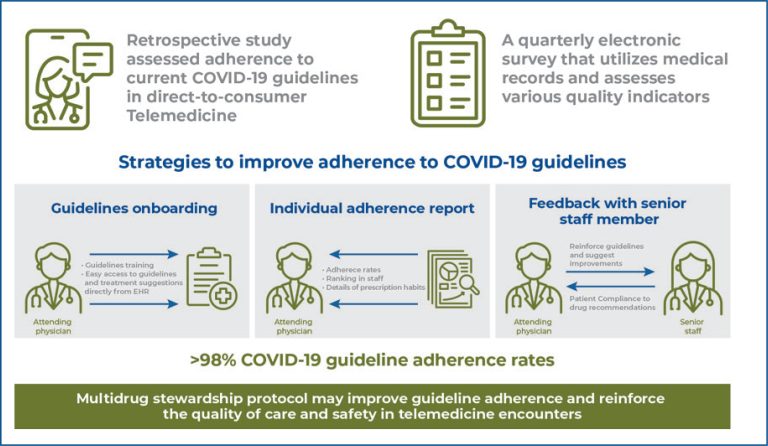29/Jul/2024
Inhaled nitric oxide in moderate-to-severe COVID-19 acute respiratory distress syndrome: a retrospective cohort study
einstein (São Paulo). 29/Jul/2024;22:eAO0578.
View Article29/Jul/2024
Inhaled nitric oxide in moderate-to-severe COVID-19 acute respiratory distress syndrome: a retrospective cohort study
DOI: 10.31744/einstein_journal/2024AO0578
Highlights Acute respiratory distress syndrome is a severe presentation of COVID-19 without effective treatment despite intensive research. Inhaled nitric oxide is a vasodilator that has been studied in patients with acute respiratory distress syndrome COVID-19 yielding contradictory results. The use of inhaled nitric oxide rescue therapy in critically ill patients with COVID-19 experiencing moderate-to-severe acute respiratory distress syndrome was significantly associated with an improvement in oxygenation parameters with no difference in mortality. ABSTRACT Objective: To evaluate the responsiveness of COVID-19 […]
Keywords: Coronavirus infections; COVID-19; Critical illness; Intensive care units; Length of stay; Nitric oxide; Respiratory distress syndrome; SARS-CoV-2
29/Jul/2024
Hernia 3D training model: a new inguinal hernia 3D-printed simulator
DOI: 10.31744/einstein_journal/2024AO0620
Highlights The model was considered simple, realistic, and capable of precisely simulating inguinal anatomy. Recreating the inguinal region in a more anatomical manner without increasing costs is possible. The model could be a good option, particularly beneficial for training surgeons at the beginning of their careers. ABSTRACT Objective: To evaluate the functionality and quality of the anatomical representation of the hernia 3D training model. Methods: A model was created based on subtraction data derived from computed tomography scans of the […]
Keywords: Hernia, inguinal; Minimally invasive surgical procedures; Printing, three-dimensional; Simulation training
22/Jul/2024
Inflammation and all-cause mortality in patients undergoing peritoneal dialysis
einstein (São Paulo). 22/Jul/2024;22:eAO0627.
View Article22/Jul/2024
Inflammation and all-cause mortality in patients undergoing peritoneal dialysis
DOI: 10.31744/einstein_journal/2024AO0627
Highlights Higher plasma levels of CCL2 and lower plasma levels of TNF-α are associated with a greater risk of transfer to hemodialysis or mortality. Lower levels of IL-17 in the dialysate are associated with a greater risk of transfer to hemodialysis or mortality. These findings suggest that inflammatory biomarkers can be valuable tools for predicting all-cause mortality and transfer to hemodialysis in patients undergoing peritoneal dialysis. ABSTRACT Objective: This study aimed to evaluate inflammatory biomarkers in patients undergoing peritoneal dialysis […]
Keywords: Cytokines; Inflammation; Membranes; Mortality; Peritoneal dialysis; Peritoneum
22/Jul/2024
Mortality, hospitalizations, and persistence of symptoms in the outpatient setting of the first COVID-19 wave in Brazil: results of SARS-Brazil cohort study
einstein (São Paulo). 22/Jul/2024;22:eAO0652.
View Article22/Jul/2024
Mortality, hospitalizations, and persistence of symptoms in the outpatient setting of the first COVID-19 wave in Brazil: results of SARS-Brazil cohort study
DOI: 10.31744/einstein_journal/2024AO0652
Highlights Previous influenza vaccination was associated with a reduced need for hospitalization after COVID-19 diagnosis. In 60 days of outpatient setting, four deaths occurred (three in the hospitalized and one in the non-hospitalized group). The persistence of more than two symptoms in 60 days was observed in 31.9% of patients. ABSTRACT Objective: To evaluate deaths, hospitalizations, and persistence of symptoms in patients with COVID-19 after infection in an outpatient setting during the first COVID-19 wave in Brazil. Methods: This prospective […]
Keywords: Brazil; Coronavirus infections; COVID-19; Hospitalization; Intensive care unit; Length of stay; Long-term COVID-19 symptoms; Mortality; SARS-CoV-2
18/Jul/2024
Appropriate Delivery Project: Impact of Simulation Training on the Increase in Vaginal Births in Hospitals in Brazil
DOI: 10.31744/einstein_journal/2024AO0783
Highlights Simulation-based training is a valuable strategy for achieving positive changes in obstetric practice. The rate of vaginal births increased after the intervention. The findings underscore the potential advantages of incorporating simulation training into quality improvement initiatives. Higher training adoption rates correlated with substantial and sustained enhancements in vaginal birth rates. ABSTRACT Objective: This study aimed to analyze the relationship between the participation of professionals in simulation-based training and an increase in the rate of vaginal deliveries. Methods: This retrospective […]
Keywords: Brazil; Cesarean section; Delivery, obstetric; Simulation training
18/Jul/2024
Rapid cycle deliberate practice versus postsimulation debriefing in pediatric cardiopulmonary resuscitation training:a randomized controlled study
einstein (São Paulo). 18/Jul/2024;22:eAO0825.
View Article18/Jul/2024
Rapid cycle deliberate practice versus postsimulation debriefing in pediatric cardiopulmonary resuscitation training:a randomized controlled study
DOI: 10.31744/einstein_journal/2024AO0825
Highlights Improvement in the performance of simulated pediatric cardiopulmonary resuscitation was observed after postsimulation debriefing and rapid cycle deliberate practice sessions. Postsimulation debriefing and rapid cycle deliberate practice are suitable for cardiopulmonary resuscitation training among pediatric residents. Retention of knowledge and skills deteriorated 5 weeks after training. ABSTRACT Objective: Simulation plays an important role in cardiopulmonary resuscitation training. Comparing postsimulation debriefing with rapid cycle deliberate practice could help determine the best simulation strategy for pediatric cardiopulmonary resuscitation training among pediatric […]
Keywords: Cardiopulmonary resuscitation; Internship and residency; Patient simulation; Pediatric emergency medicine; Simulation training
10/Jul/2024
PRKAG2 syndrome, a rare hypertrophic cardiomyopathy: a Brazilian long-term follow-up with extracardiac disorders
DOI: 10.31744/einstein_journal/2024AO0549
Highlights PRKAG2 syndrome is a rare autosomal dominant glycogen storage disease characterized by cardiac hypertrophy, ventricular pre-excitation, and conduction system disease. The rare variant p.K291I in PRKAG2 is associated with poor prognosis, highlighting the need for early intervention. Early diagnosis and intervention using antiarrhythmic drugs, anticoagulants, pacemaker implantation, radiofrequency catheter ablation, and cesarean surgery may improve symptoms and survival rates. The potential connections among intellectual disability, miscarriages, and neonatal deaths in individuals with this syndrome should be further investigated. ABSTRACT […]
Keywords: Activated protein kinases/genetics; Death; Left ventricle; Mutation hypertrophy; Sudden cardiac; Wolff-Parkinson-White syndrome
24/Jun/2024
Is the colposcopic lesion size a predictor of high-grade lesions in young patients?
DOI: 10.31744/einstein_journal/2024AO0462
Highlights The size of colposcopic lesions appears to be directly related to lesion severity. The size of the lesion is directly related to the severity of the histopathological findings in patients ≥25 years old. The size of the lesion is directly related to the severity of the cytopathological findings in patients aged ≤24 years. ABSTRACT Objective: This study aimed to evaluate whether severity changes with colposcopic lesion size, regardless of age. Methods: This retrospective comparative study reviewed the records of […]
Keywords: Age factor; Colposcopy; Injury Severity Score; Size perception; Squamous intraepithelial lesions of the cervix
24/Jun/2024
Multidrug stewardship and adherence to guidelines in >200,000 direct-to-consumer Telemedicine encounters
DOI: 10.31744/einstein_journal/2024AO0707
Highlights Up to 75% of COVID-19 telemedicine patients receive unnecessary drugs; this highlights the need for research. This study assessed the effect of guideline training and feedback on 200,000 telemedicine visits in Brazil. Under 2% of patients with COVID-19 received non-guideline recommended antimicrobials, reflecting high adherence rates. Targeted interventions significantly enhance guideline compliance for safer telemedicine prescriptions. ABSTRACT Objective: The quality of care and safety for Telemedicine-discharged patients with suspected respiratory infections are closely related to low rates of prescriptions […]
Keywords: Communicable diseases; Coronavirus infections; COVID-19; Drug prescriptions; Guideline adherence; Patient discharge; Prescriptions; Quality Indicators, Health Care; Referral and consultation; Respiratory tract infections; Telemedicine
14/Jun/2024
Adherence to social distancing measures in southern Brazil, 2020/2021: a cross-sectional study
DOI: 10.31744/einstein_journal/2024AO0223
Highlights Approximately one in five respondents adhered to measures of social distancing. Adherence to social distancing was more prevalent in women, older adults with low educational levels, and those affected by multiple chronic diseases. Less than 5% of the population left home normally, whereas the vast majority only went out to carry out essential activities. ABSTRACT Objective: We aimed to analyze the frequency of adherence to social distancing and individual protection measures of adult and older populations in two cities […]
Keywords: Behavior; Coronavirus infections; COVID-19; Pandemics; Physical distancing; Public health surveillance



